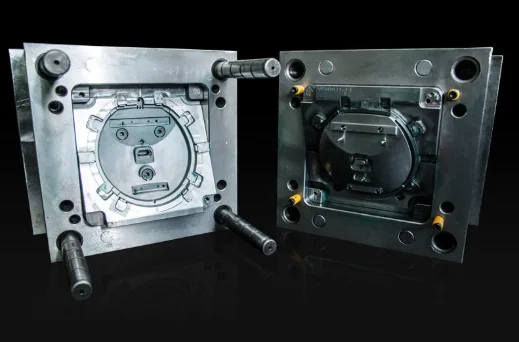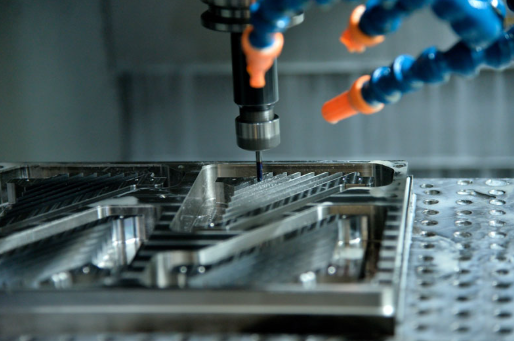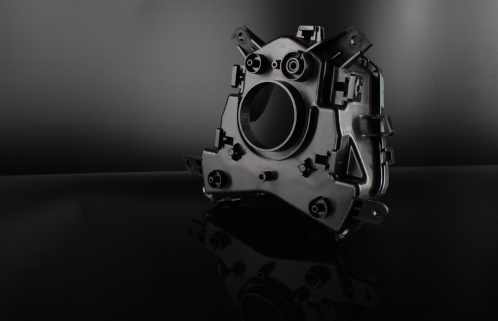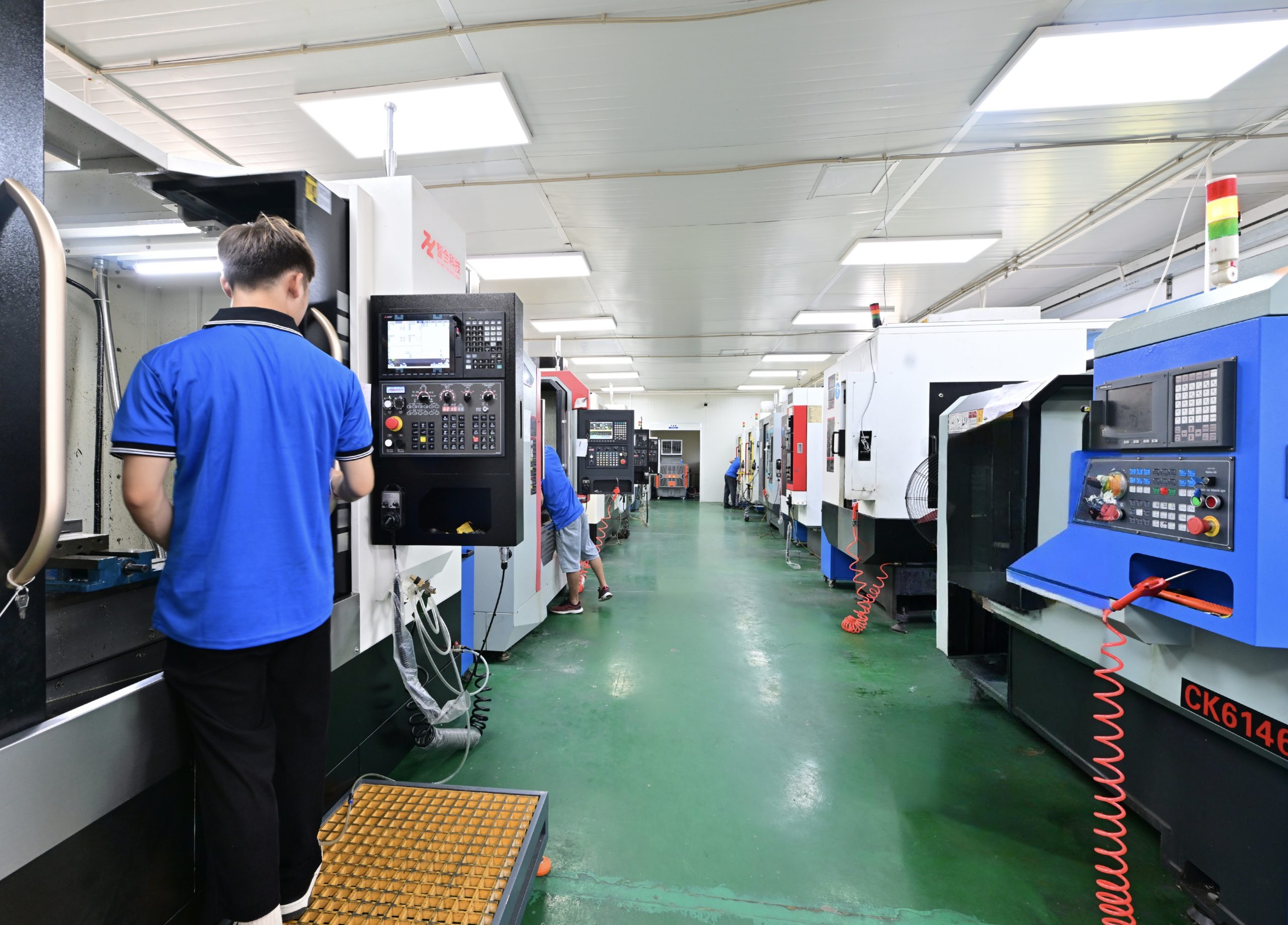The world of manufacturing is brimming with innovation every single day of the week. A lot of people search for these services to get parts made, and they need them quick. No one is overseeing quality these days, so many entrepreneurs look for manufacturing methods that deliver quality and durable products as well.
In the past, quality could not equate quick deliveries in the manufacturing industry. Plastic injection molding processes have made it possible for many companies to deliver state of the art products. All of them created using fast and reliable technology that doesn’t compromise the performance of the part.
Today we are going to discuss two of these manufacturing methods: mold insertion and over molding.
Table of Contents
ToggleThe Secrets Behind Fast and Quality Manufacturing
As we develop our product, we learn how injection molding is all about layers. Any plastic injection molding process is done from the inside out. It begins with the creation of the inner pieces, and new layers are molded on top to create the final product. Most modern products never have a single part or use a single material to be created.
Products with structures designed with multiple parts have to be created using more than one plastic injection molding process for every stage. Logistic have to endure plenty of hardships to get things done according to specifications, and productions cost can quickly go through the roof. That’s the best moment to choose among one of these manufacturing procedures.
This is what you need to understand about each one of them:
· Insert Molding Manufacturing
The manufacturing process known as insert molding begins with an insert. This is an addition to the mold that will be used to create a new part inside your product. Insert molding is often used to create functional orifices on specified products such as screws or fasteners to hold molded parts of the same product. A lot of times, these conjunctions are invisible to the eye making the products look like a unified piece. It saves a lot of time when it comes to assembly, and the structural value of the part is very smooth.
Insert molding is also used to provide certain parts with metal cores to give the piece a sterner finish to make it more durable. While this can increase the weight of the part, it will have a lot of structural support, even on a plastic case. This applies to certain pieces of technological hardware, such as the headgear used by HD earphones. A lot of times, the insert is not entirely covered. The manufacturing of certain tools and hardware pieces for construction demands molded handles with bare heads.
· Over Molding Manufacturing
Over molding works in a slightly similar fashion to insert molding. The main difference between both procedures is that over molding creates layers for the part, one at a time, on top of each other. Over molding creates a part with a center that is allowed to harden before placing a new layer on top of it. The finished result is increasingly studier than a regular insert molding. This manufacturing method is often a bit more expensive since the products tend to be heavier and use a low of raw materials and resins to get done properly.
Over molding is the preferred manufacturing method of fully molded parts made with different materials. Tools like paintbrushes, industrial sweeps, or other cleaning tools are created with very sturdy plastic handles. Sometimes they will be coated with chemicals to make them easy to grip and handle. After the plastic body is created using a mold, the piece gets additional layers of other materials to achieve the right texture and make it usable. This manufacturing is used for high-end insulation and to manufacture Kevlar protection as well.
What is the Best Choice of These Two Manufacturing Methods?
The first thing you need to take notice of is your design as a whole. If the product you wish to create has non-plastic parts, the safest route is to use insert molding manufacturing. With this method, every addition on the product can be inserted by the machines so the part can be shaped around them. If your product calls for multiple materials and components united using screws, you will be better off using over molding manufacturing.
The plastic injection molding process on both methods works differently, but they pursue the same goal: better overall manufacturing. Regardless of the needs of your product, there is a high possibility that both types of developments need for multiple machines. They will also call for an extensive developing period with the design department of your manufacturer to get the logistics right. Ultimately both options are great, but they are best suited for complex parts.
Keep in mind that these types of manufacturing also cost a pretty penny too. You might want to check your budget or the number of pieces that you wish to create. In the end, a great manufacturer will tell you what the best manufacturing method for your project is.

